Bruges is not a city to merely admire—it’s a city to live, taste, and hear. Its medieval facades and reflective canals frame a vibrant city where history and daily life are inseparable. Whether you’re drawn to its Gothic architectural masterpieces, its refined culinary traditions, or the timeless melodies of its carillons, Bruges offers an immersive experience where past and present intertwine seamlessly.
It’s a place that defies expectations, where history and innovation merge to turn heritage into a creative playground. In Bruges, chocolate is snorted, not just eaten. Beer flows through underground pipelines rather than only pouring from taps. Here, chocolatiers push boundaries, waffles transform into edible lace, and centuries-old carillon melodies weave through cobbled streets like a living symphony.
From medieval hospitals that double as art galleries to canals that once powered an empire, Bruges invites you to explore its many layers—each revealing a story of craftsmanship, creativity, and the enduring spirit of a city that brings the past thrillingly to life.
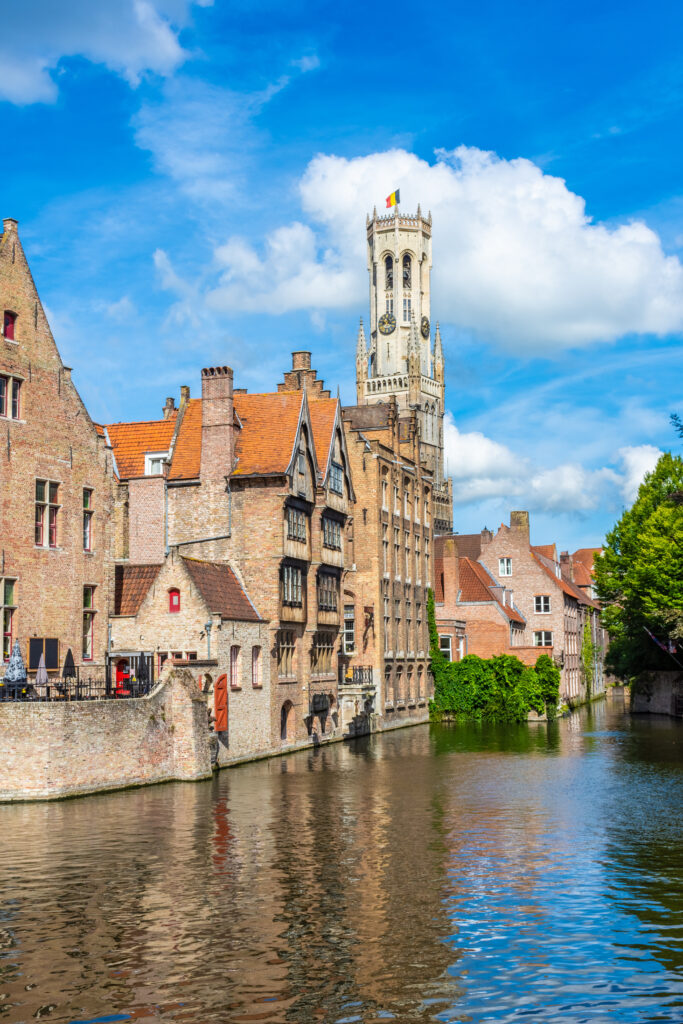
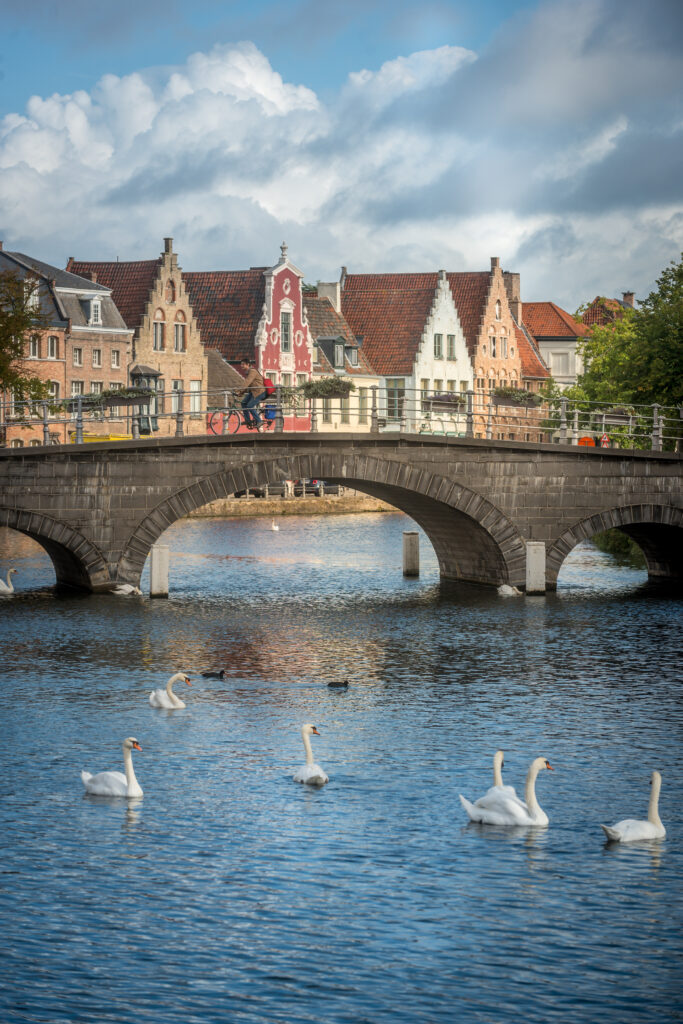
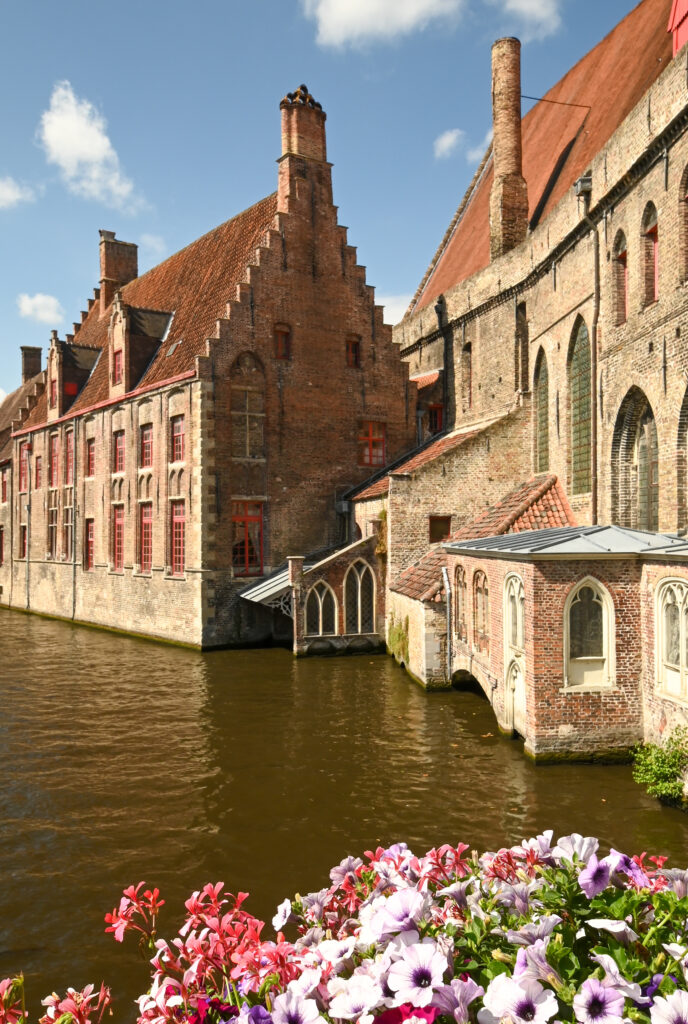
Canals and Carillons: Bruges’ Heartbeat and Melody
In Bruges, history doesn’t just linger—it flows through its canals, resonates from its belfry, and whispers through its cobblestone streets. The canals and carillons are far more than charming features; they are the pulse and voice of a city whose legacy spans centuries.
The canals, often called the “arteries” of Bruges, were first carved into the landscape in the 12th century. These waterways turned the city into a trading hub, linking it to the North Sea via the Zwin estuary. While many cities saw their canals vanish under the pressure of industrialization, Bruges safeguarded its network, preserving a tangible piece of its medieval glory. Today, these waterways remain as they were during Bruges’ golden age, offering visitors a glimpse into a thriving past.
What makes Bruges’ canals truly extraordinary is their effortless integration into the city’s architecture. The water mirrors Gothic facades and glides beneath stone bridges, creating a tableau that feels untouched by time. Beyond their beauty, the canals were vital to Bruges’ rise as one of Europe’s wealthiest cities in the Middle Ages. They carried goods such as textiles, spices, and art, fueling prosperity and cultural exchange. A boat ride today reveals not just the elegance of the city but its history, unfolding in hidden gardens, quiet courtyards, and peaceful corners tucked away from the bustling squares.
While the canals reflect Bruges’ architectural beauty and commercial past, the carillons bring the city’s cultural and spiritual legacy to life. High above the canals, the Belfry of Bruges crowns the Markt square, its carillon resonating as a timeless voice of the city. Housed in this iconic medieval tower, the carillon is among Europe’s most historic and significant. Installed in the 16th century, it was more than an instrument—it structured daily life. Its chimes announced market hours, public decrees, and festivities, creating a rhythm that guided the city through its days. Today, its 47 bells, expertly tuned and weighing over 27 tonnes, continue to mark time, blending seamlessly with the ebb and flow of modern Bruges.
What sets Bruges’ carillon apart is its enduring cultural importance. Each week, the carillonneur—a role of great prestige in Belgium—performs a repertoire that spans from classical pieces to contemporary melodies. The music fills the air above the Markt, creating an ambiance that is both majestic and personal. UNESCO’s recognition of carillon culture as intangible cultural heritage affirms its role in preserving a rich tradition, one that Bruges proudly carries forward.
Together, the canals and carillons define an experience that is deeply rooted in Bruges’ soul. The canals are not just pathways; they are windows into a time when Bruges was a cornerstone of European trade. The carillons are more than music; they are the voice of a city that has harmonized history and progress for centuries. Whether you’re gliding along the waterways or standing in the square as the bells echo above, you become part of Bruges’ story—a story still unfolding, resonant and alive.
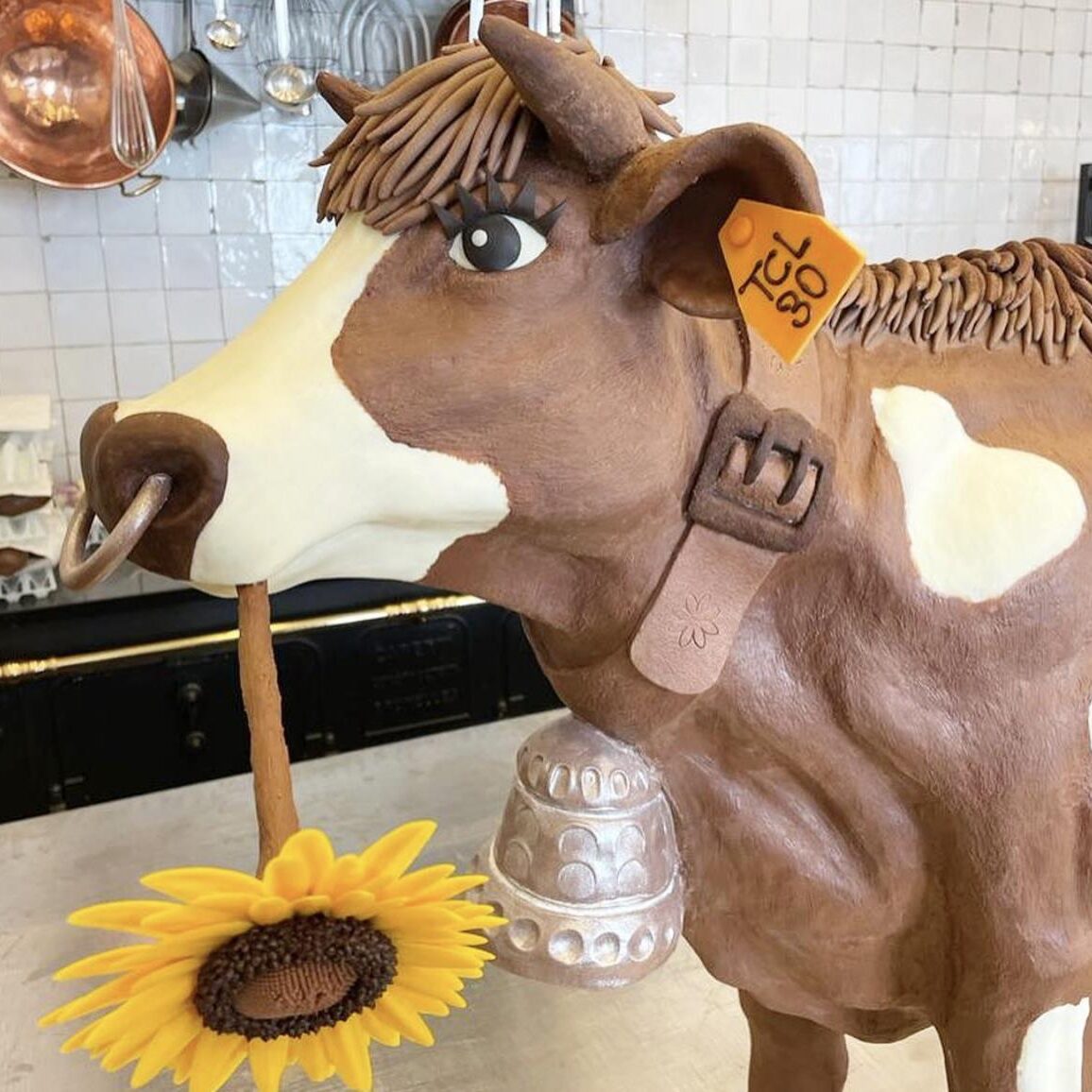
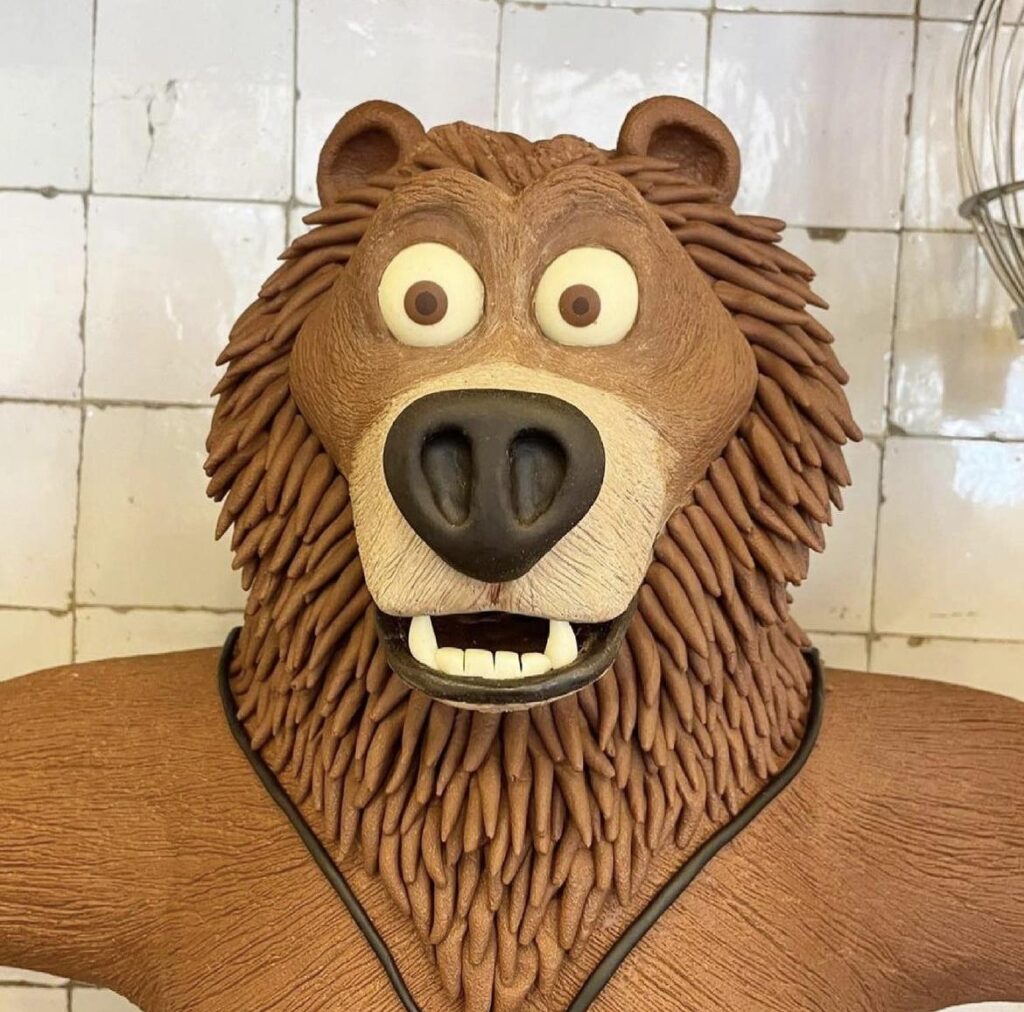
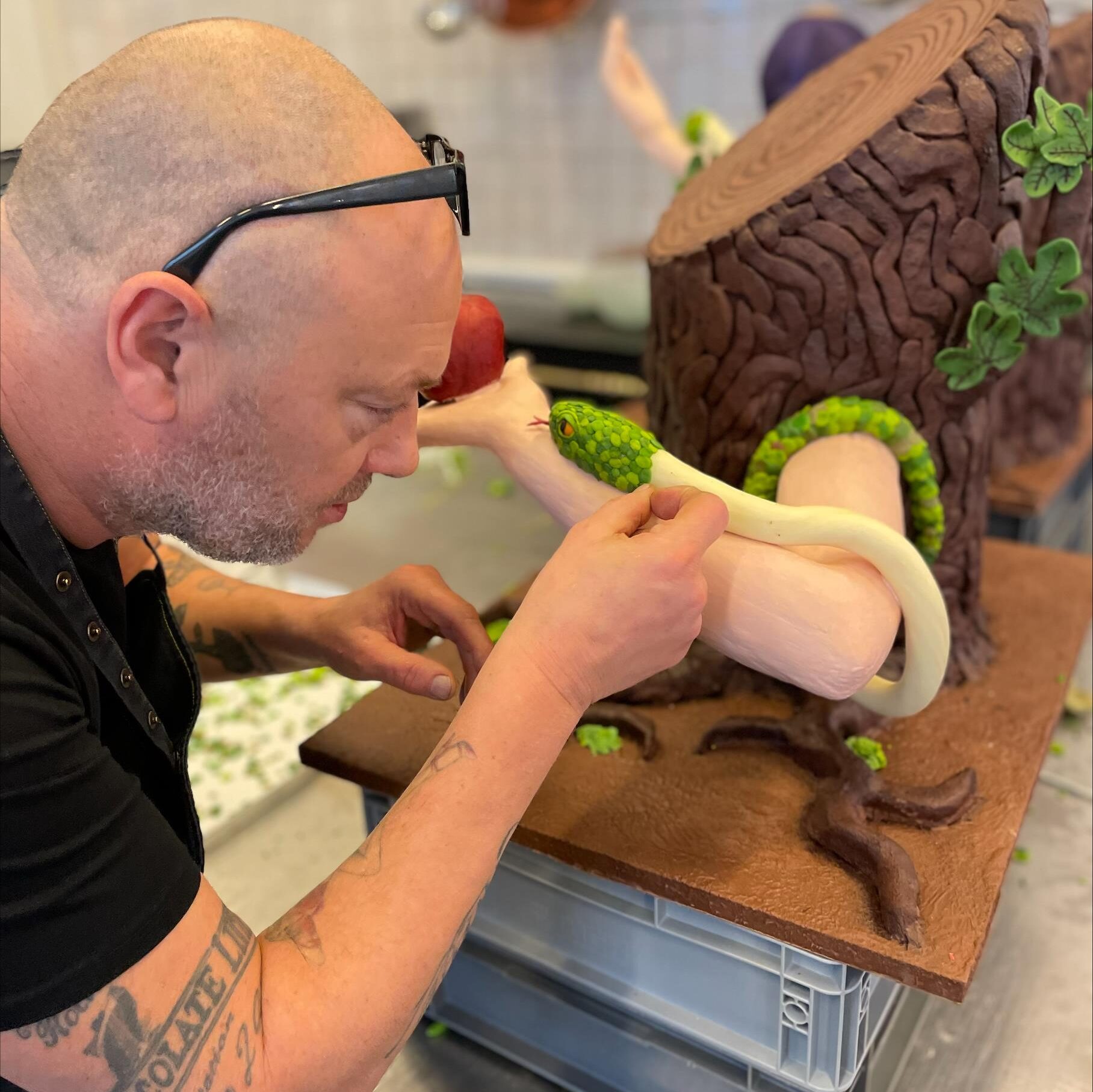
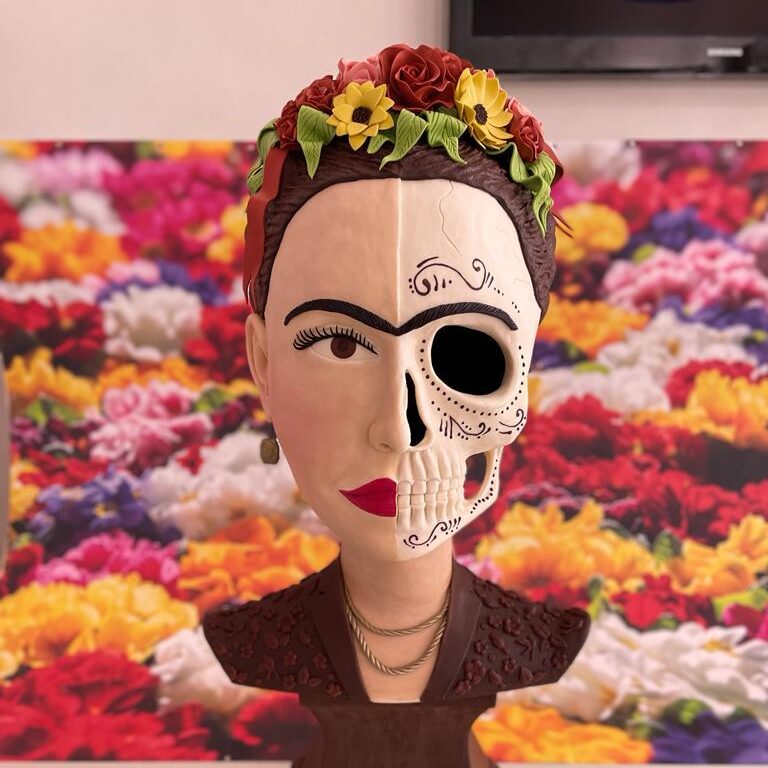
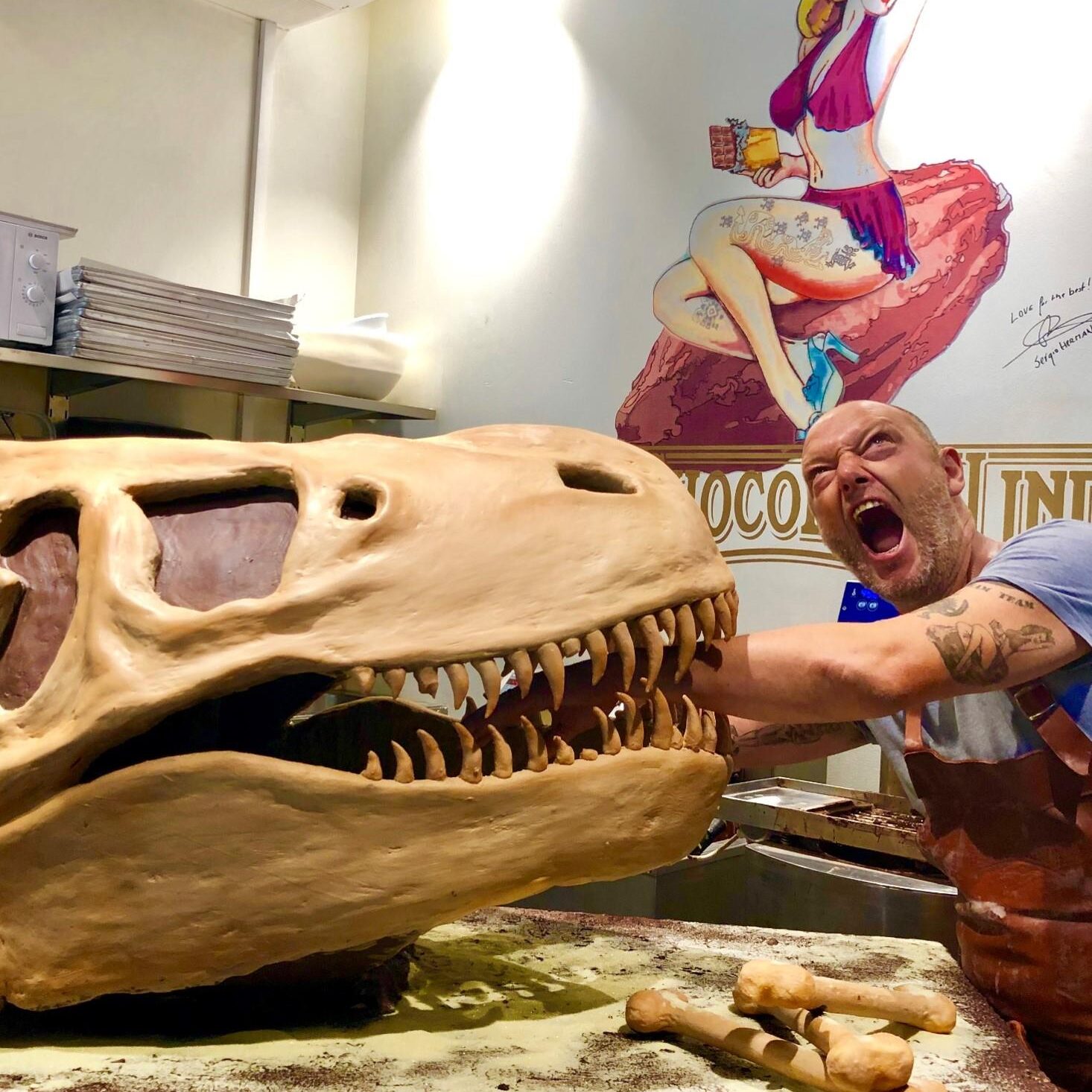

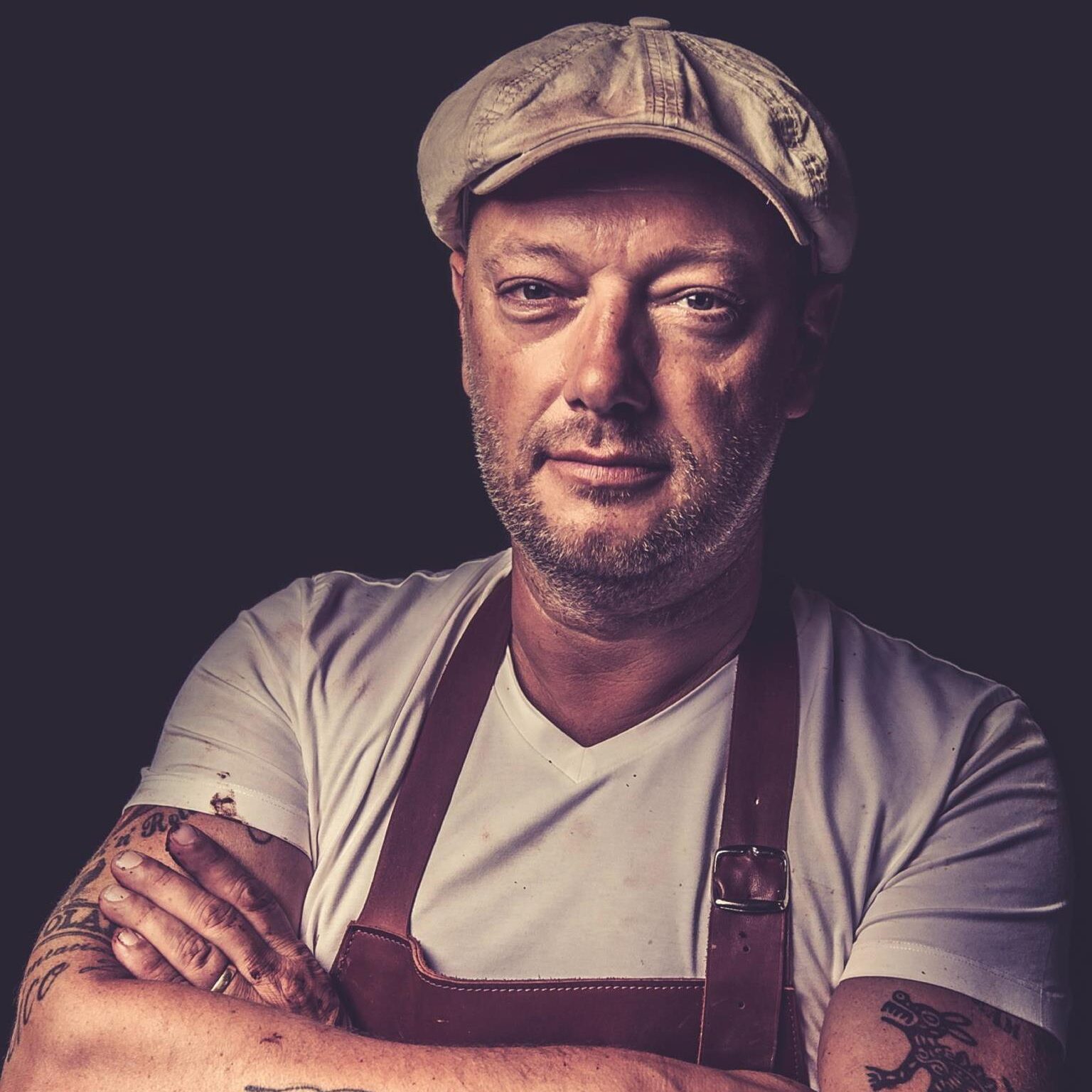
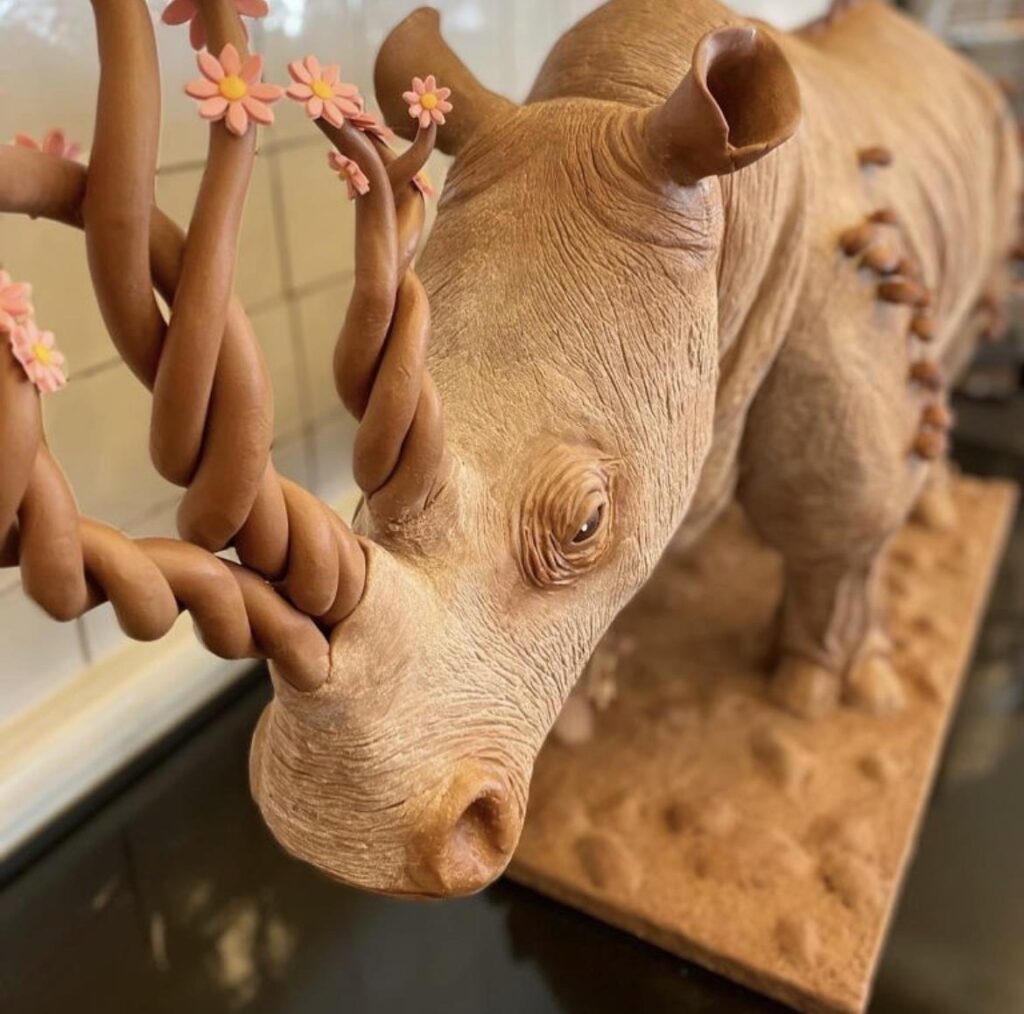
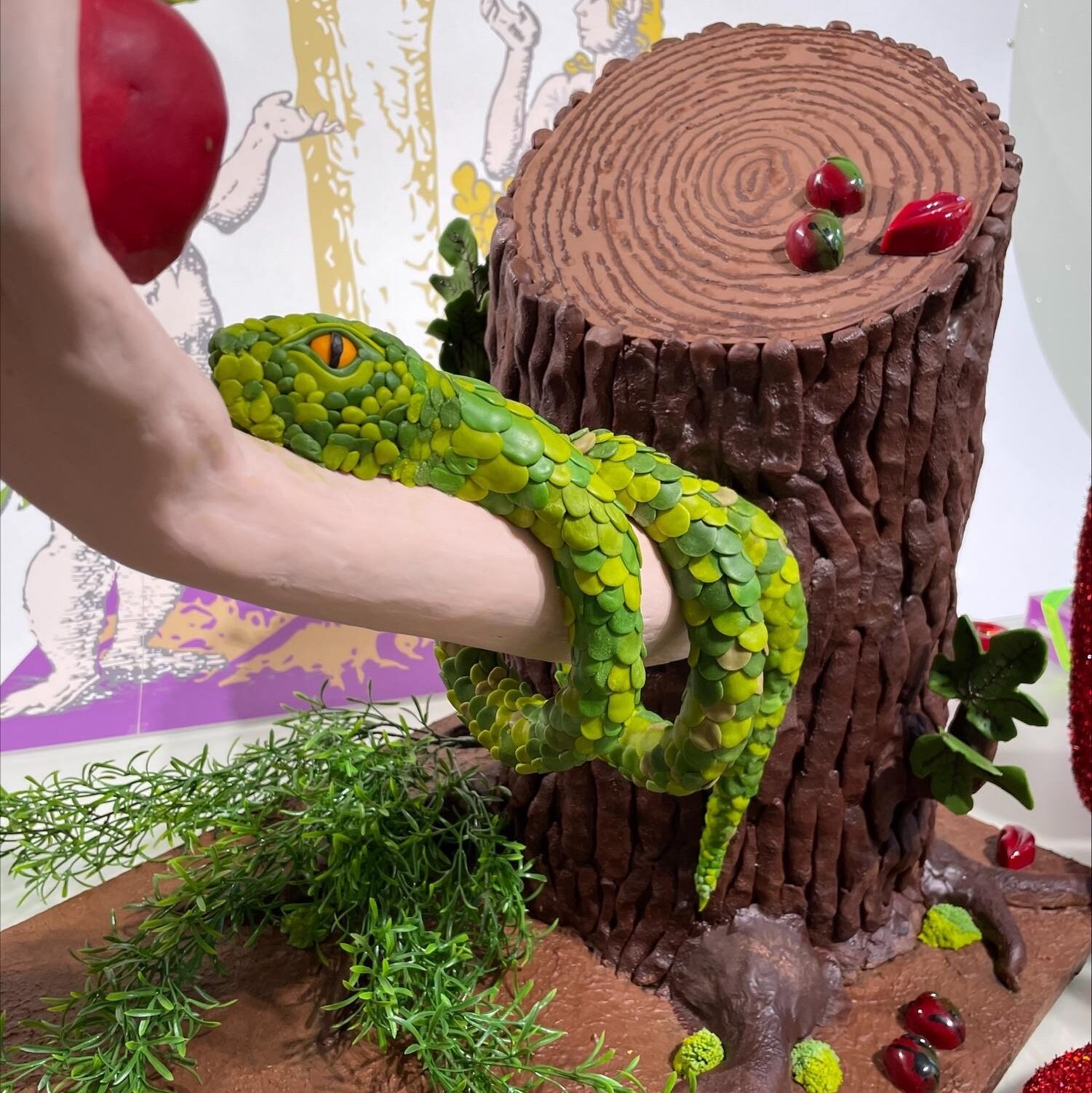
Bruges: A Sweet Journey Through Chocolate History and Innovation
Beyond the melodies of its carillons and the reflective beauty of its canals, Bruges captivates not only through sight and sound but also through taste. Renowned as the ‘Venice of the North,’ the city is celebrated not only for its medieval architecture but also for its profound chocolate heritage—a legacy that weaves together centuries of history, craftsmanship, and creativity.
The story begins in the 16th century, when Spanish explorers introduced cocoa to Europe. Belgium—and Bruges in particular—embraced this exotic ingredient, becoming a chocolate powerhouse by the 19th century. A pivotal moment arrived in 1912, when Jean Neuhaus invented the praline, a chocolate shell filled with sweet delights, sparking a national passion.
Today, Bruges hosts around 60 chocolatiers, each with unique stories, secret recipes, and distinct charms. Walking its cobbled streets, you’re enveloped by the aroma of cocoa drifting from boutique storefronts and workshops, offering countless ways to savor chocolate in its finest forms.
No exploration of Bruges’ chocolate scene is complete without mentioning Dominique Persoone, the city’s avant-garde chocolatier. Dubbed the “enfant terrible” of the chocolate world, Dominique has redefined chocolate-making. His creations, such as the Chocolate Shooter—crafted for a Rolling Stones birthday party in 2007—brought playful and provocative innovation to confectionery. Designed to mimic the drama of rock-and-roll, this device lets partygoers “sniff” cocoa powder mixed with spices like mint and ginger, delivering an intense burst of flavor and aroma. This bold invention cemented Dominique’s reputation as a visionary.
Dominique’s approach is as extraordinary as his creations. With a background in culinary arts from hotel school, he approaches chocolate-making through experimentation and taste, rather than following traditional paths. Collaborations with chefs, artists, and even rock bands continue to expand the horizons of what chocolate can be.
His shop, The Chocolate Line, serves as both a boutique and a laboratory of flavors. From pralines infused with daring ingredients like bacon or wasabi to truffles bursting with caramel and sea salt, his work embodies Bruges’ spirit of craftsmanship and creativity. By sourcing cocoa from his plantation in Mexico, Dominique maintains a direct connection to the raw material, adding ethical depth to his artistry.
For those wanting to delve deeper, the Choco-Story Museum offers an interactive exploration of chocolate’s 5,500-year history. Set in the 16th-century “Huis de Crone,” it traces chocolate’s journey from the Mayans and Aztecs to its modern-day status as a beloved indulgence. Tastings and demonstrations provide insight into how Bruges earned its chocolate fame.
In Bruges, chocolate represents more than a culinary delight—it’s a symbol of the city’s legacy of craftsmanship and creativity. Dominique Persoone’s daring artistry encapsulates this spirit, proving that chocolate here awakens all the senses. As you wander its historic streets, let the scent of cocoa lead you to hidden treasures and unforgettable flavors—a feast for the senses.
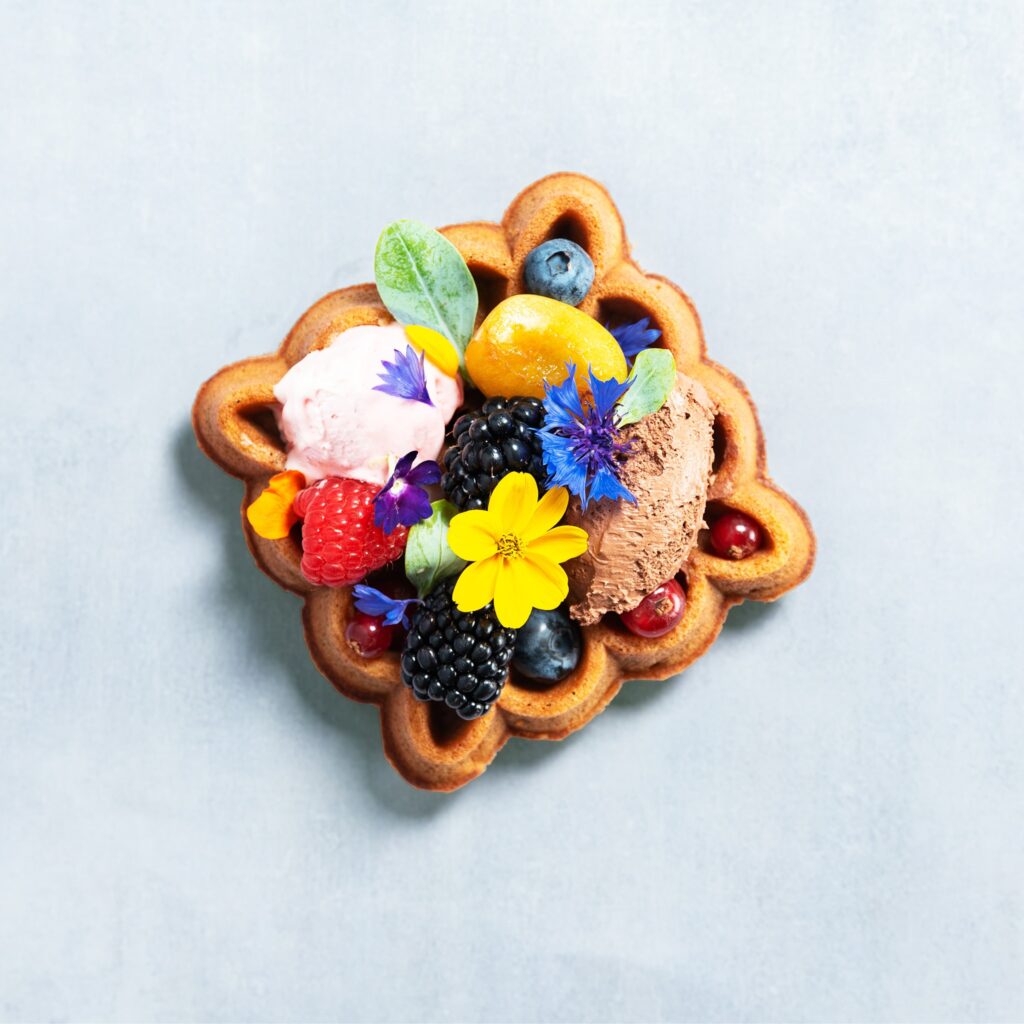
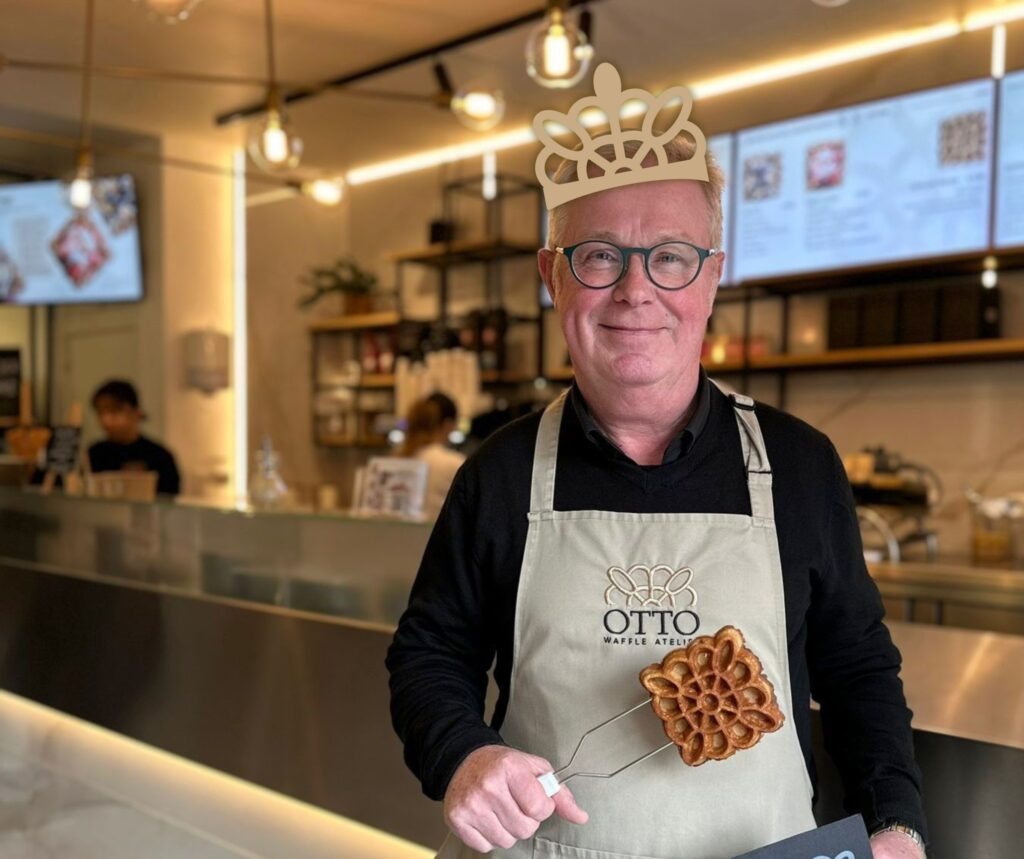
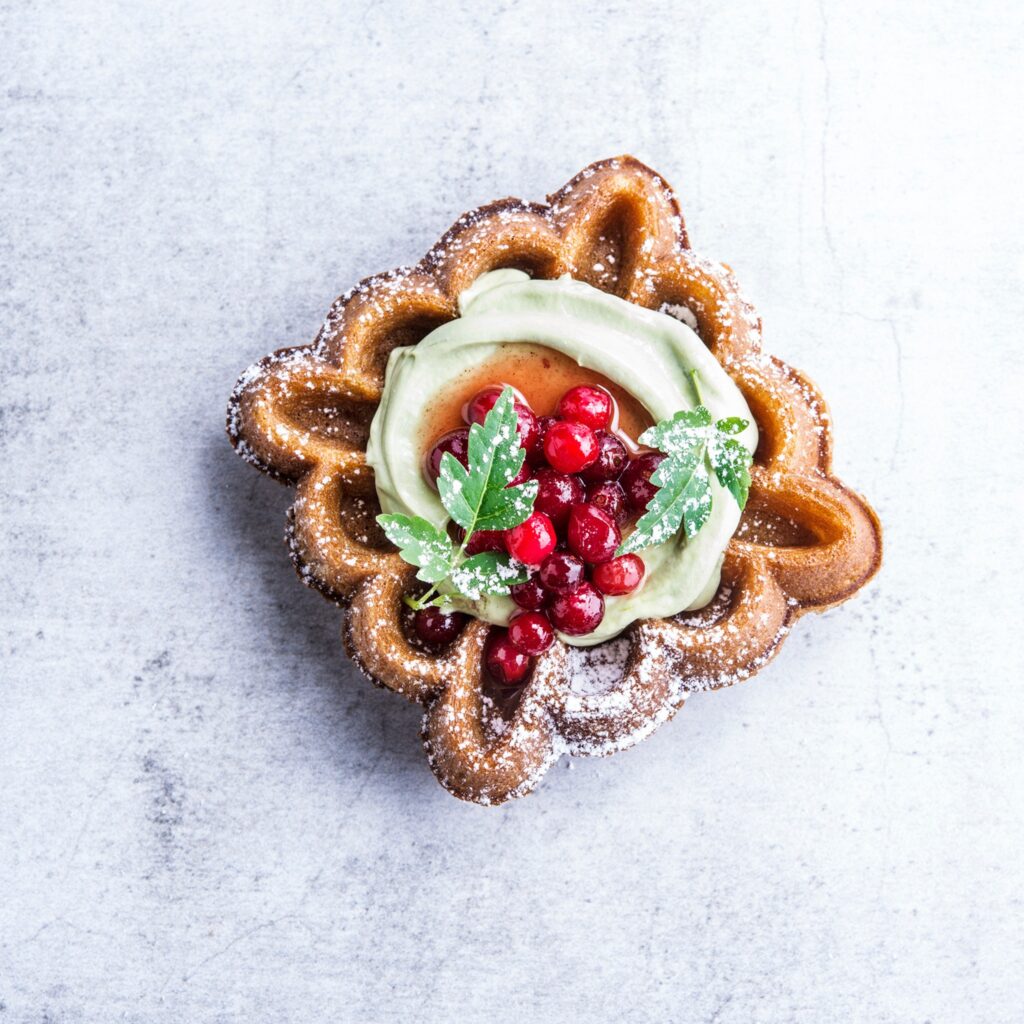
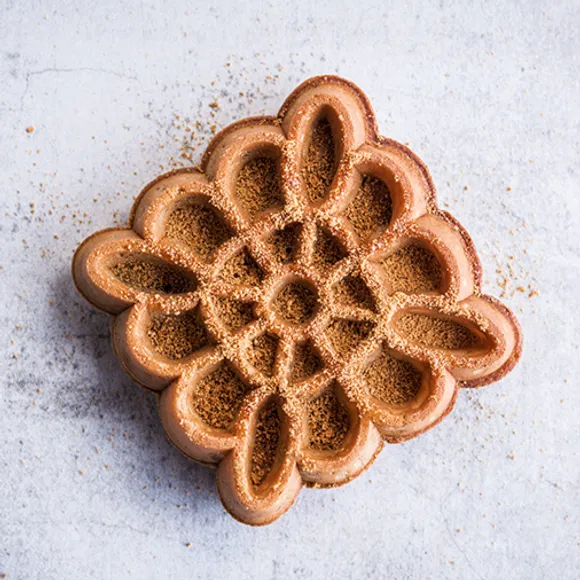
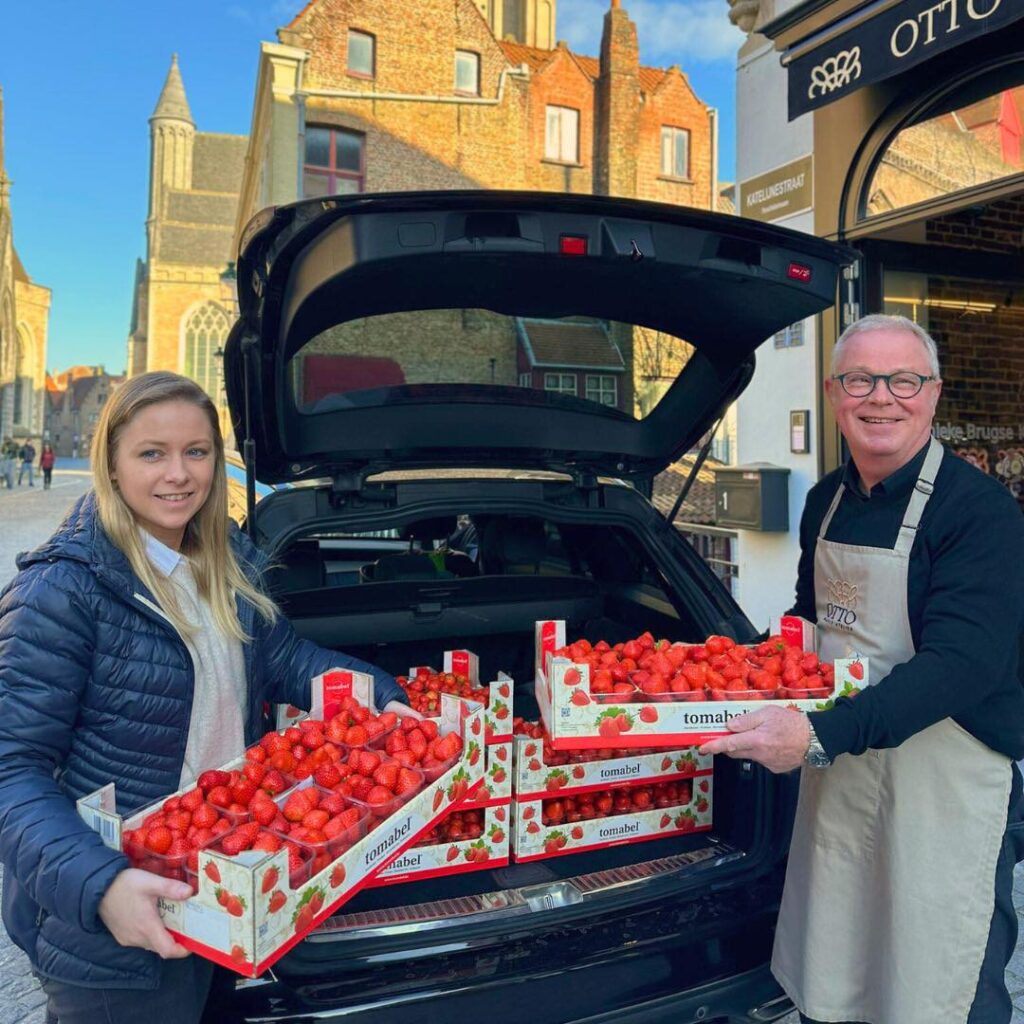
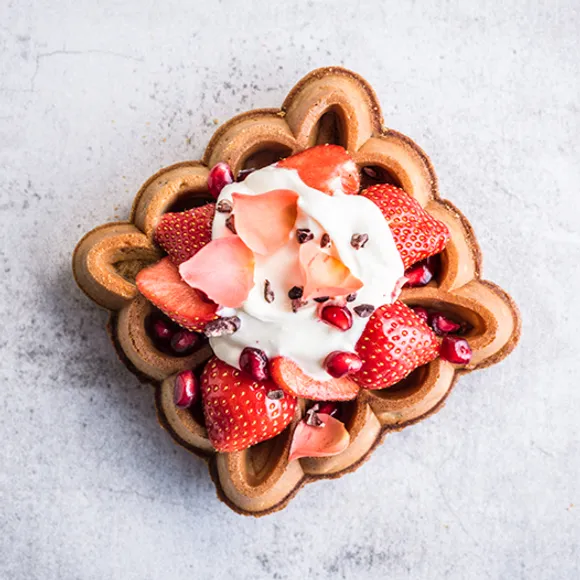
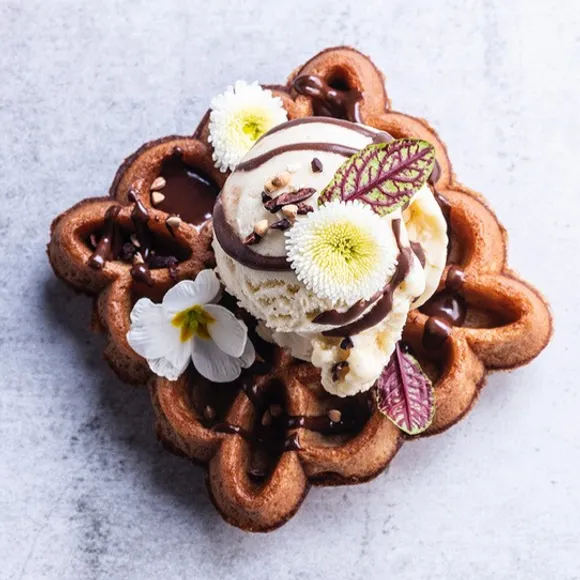
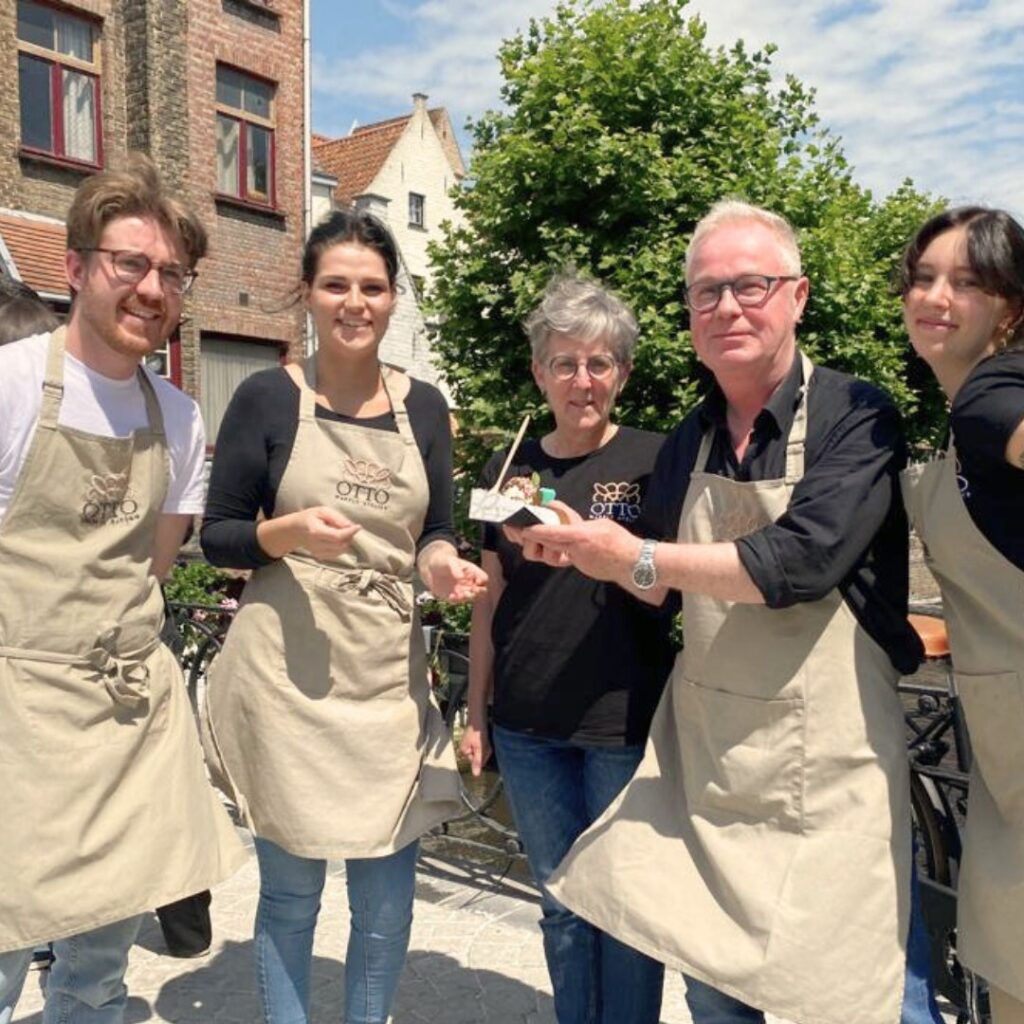
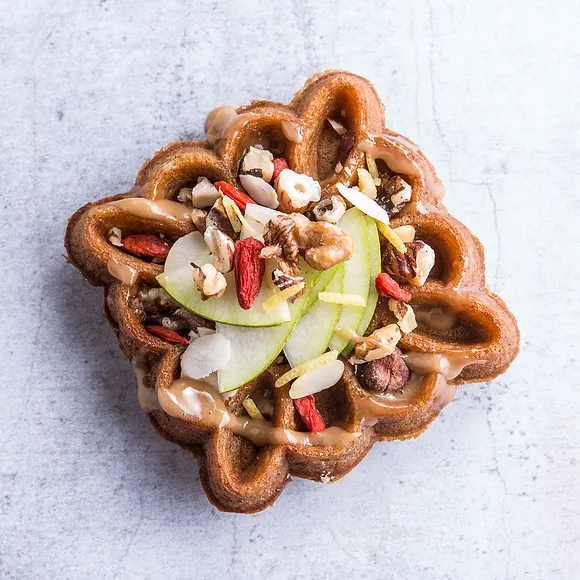
Waffles in Bruges: A Culinary Art Form Reinvented
Waffles have been a cornerstone of Flemish culinary tradition for centuries, their origins dating back to medieval Europe. Initially prepared between patterned iron plates, early waffles were simple flatbreads made from flour, water, and yeast. Over time, these recipes evolved, with each region adding its distinctive twist. In Flanders, waffles became central to celebrations and festivals, enjoyed by people from all walks of life. The patterns on the iron plates often showcased local designs, merging practicality with artistry—a hallmark that continues to define Belgian waffles.
While Brussels and Liège are famed for their respective styles, Bruges has quietly developed its own interpretation, reflecting the city’s dedication to art, tradition, and innovation. Here, waffles transcend their role as food to become a symbol of Bruges’ knack for elevating the everyday into something remarkable.
This transformation is perhaps best exemplified at Otto Waffle Atelier, a family-run venture that reimagines the humble waffle as culinary works of art. Drawing inspiration from Bruges’ intricate lacework, Otto Waffle Atelier’s signature creation is a delicate, oat-based waffle patterned after the city’s iconic lace designs. Naturally gluten-free and made with ingredients like coconut blossom sugar and oat milk, these waffles cater to modern tastes while staying rooted in historical inspiration.
The story of Otto Waffle Atelier began with a passion for celebrating family traditions while embracing a spirit of innovation. Passed down through generations, their approach combines artisanal techniques with a commitment to quality and creativity. Every waffle is prepared fresh to order, a nod to the heritage of Belgian waffle-making that prioritizes craftsmanship and care. Yet, the true magic lies in the toppings. Seasonal fruits, handmade ice creams, and artisanal Belgian chocolate elevate each waffle into a sensory journey. These combinations are not merely indulgent but a reflection of Bruges itself—steeped in tradition and endlessly inventive.
The charm of Otto Waffle Atelier extends beyond the plate. Situated in a historic corner of the city, it offers visitors a moment of pause and appreciation. The tranquil ambiance mirrors the unhurried rhythm of Bruges, where every detail invites reflection and every bite becomes a memory. Here, waffles are not rushed street fare but a celebration of craftsmanship and community. “For us, it’s about more than waffles – it’s about bringing people together and sharing a little piece of Bruges’ tradition with a modern twist. I find it especially meaningful to speak with our guests and share my passion. It gives me great satisfaction to contribute to a unique waffle experience, where flavour, tradition, and innovation come together.”
In Bruges, waffles have evolved into an expression of the city’s character. At Otto Waffle Atelier, this legacy takes shape on each plate, connecting the city’s rich past with its vibrant present. Whether savored beneath the vaulted ceilings of a historic building or near the spires of Bruges, a waffle here is more than a culinary delight—it is a reflection of the city’s essence.
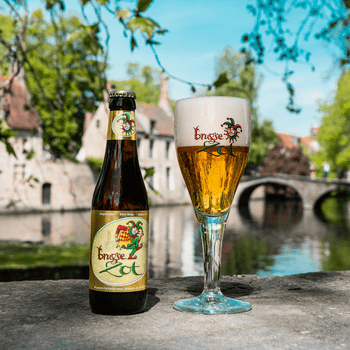
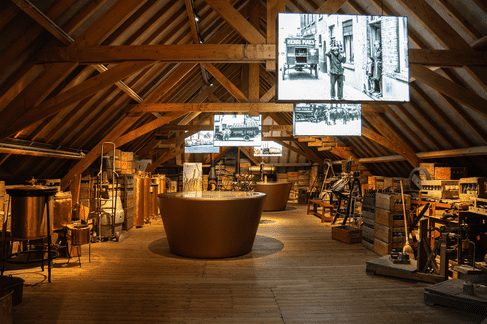
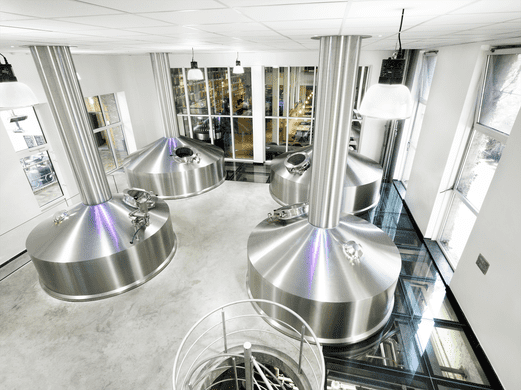
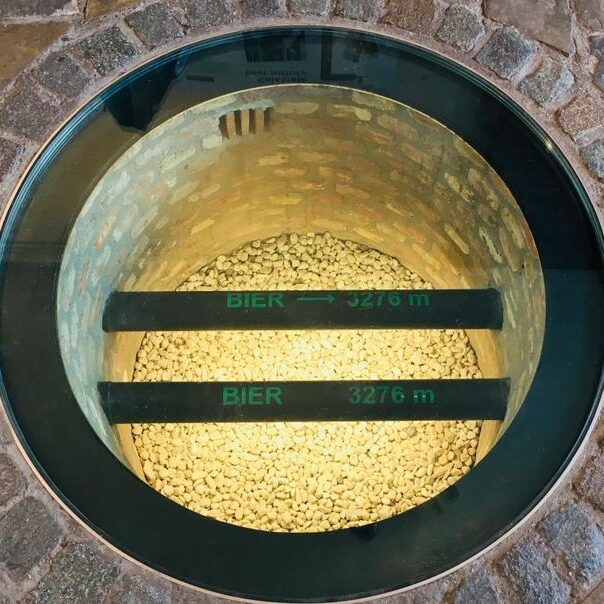
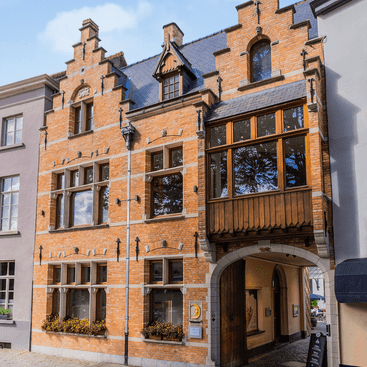
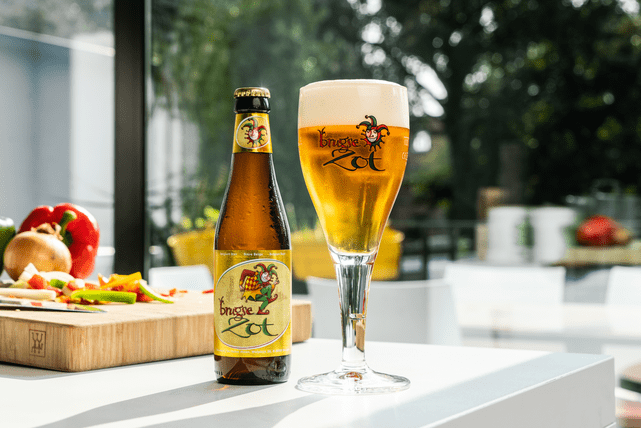
De Halve Maan Brewery: The Flowing Heritage of Bruges in Every Sip
Belgium’s connection to beer runs deep, with a history stretching back to the Middle Ages. At the time, brewing was more than a craft—it was a necessity. Monasteries across the region gained renown for their skill, producing beer that was often safer to drink than water thanks to the boiling process. Over centuries, Belgian brewers developed a remarkable diversity of styles, from fruity lambics and robust dubbels to crisp pilsners and intricate quads. This dedication to quality and creativity earned Belgian beer recognition on UNESCO’s list of Intangible Cultural Heritage, underscoring its role in shaping the nation’s identity.
Within this vibrant tradition, Bruges holds a special place. As a medieval trading hub, the city became a crucible for brewing knowledge and innovation. Its access to international trade routes ensured a steady supply of premium hops and malts, while thriving guilds refined techniques and passed them down through generations. By the 16th century, beer had become more than a beverage in Bruges—it was a cultural cornerstone, a source of pride, and a marker of the city’s wealth and influence.
Today, Bruges continues to celebrate its brewing heritage, seamlessly blending time-honored traditions with modern ingenuity. At the forefront of this legacy is De Halve Maan Brewery, a six-generation family enterprise crafting exceptional beers since 1856. De Halve Maan is not just a stop on the Belgian beer trail but a testament to the city’s enduring commitment to excellence and creativity.
Among the brewery’s standout achievements is its 3-kilometer underground beer pipeline. This engineering marvel, which transports Brugse Zot and Straffe Hendrik to a bottling facility outside the city, symbolizes more than logistical innovation—it reflects the brewery’s determination to preserve Bruges’ historic charm while embracing sustainable practices.
At the heart of De Halve Maan’s craft is Brugse Zot, a golden ale deeply intertwined with the spirit of Bruges. Brewed with carefully selected malts and hops, it delivers a flavor that is both refreshingly lighthearted and meticulously crafted. Its whimsical name, “The Fool of Bruges,” pays homage to the city’s medieval traditions, infusing each glass with local lore and personality.
The brewery’s Straffe Hendrik line further showcases its mastery. From the rich, aromatic Tripel to the velvety, multi-layered Quad, these beers invite enthusiasts to explore a spectrum of flavors, from dark fruits and caramel to warm spices. Each sip is an invitation to delve deeper into the artistry of Bruges’ brewing heritage.
De Halve Maan is more than a brewery—it is a living testament to beer culture. Visitors are welcomed into its storied world through immersive tours that trace its journey from humble beginnings to its role as a cornerstone of Belgian brewing. The experience culminates in the rare delight of tasting unfiltered Brugse Zot straight from the source. Those who ascend to the rooftop are rewarded with panoramic views of Bruges, a breathtaking reminder of the city’s timeless beauty.
In the heart of Bruges, De Halve Maan bridges the city’s rich past with its dynamic present. It is more than a place to enjoy beer—it is a celebration of tradition and innovation working in harmony. For those seeking not just a drink but a connection to history, De Halve Maan offers a truly unique experience: a sip of Bruges’ essence, poured fresh and alive with stories.
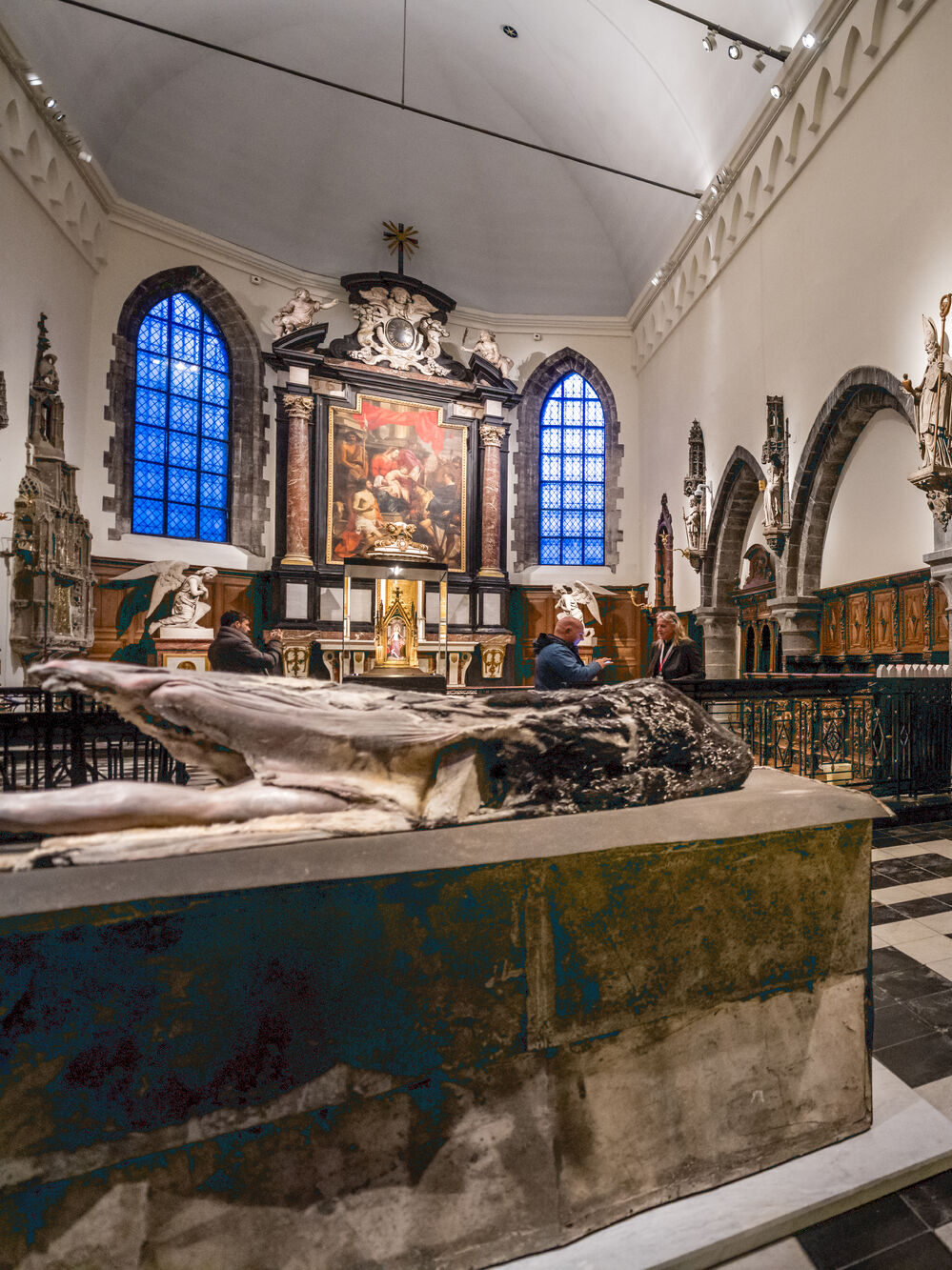
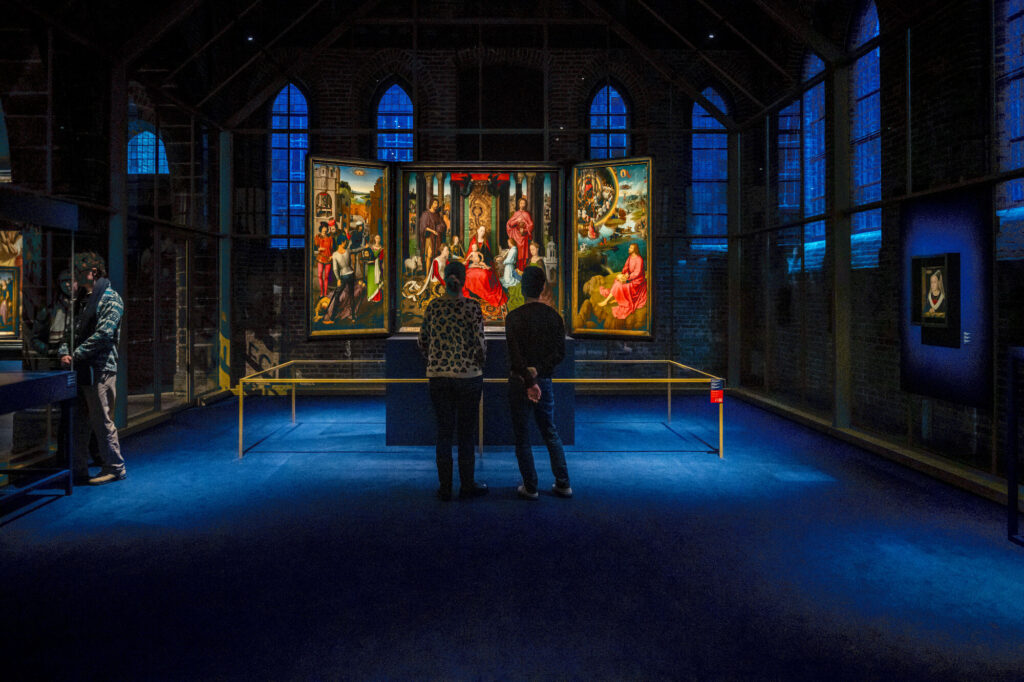
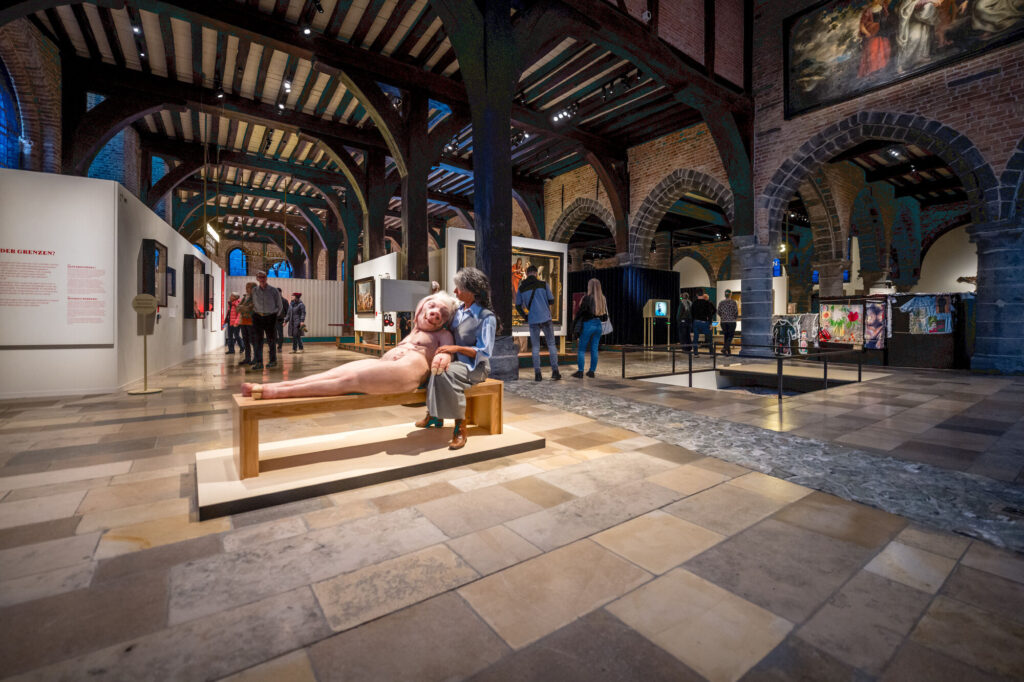
Old St. John’s Hospital: A Sanctuary of Timeless Elegance and Devotion
In the heart of Bruges, where history feels alive in every cobblestone, lies Old St. John’s Hospital, a remarkable example of medieval architecture and one of Europe’s oldest surviving healthcare institutions. Dating back to the mid-12th century, it stands not as a mere relic but as a living testament to centuries of care, artistry, and compassion.
More than a place of healing, Old St. John’s was a refuge for the city’s most vulnerable. In an age when medicine intertwined science, faith, and empathy, the hospital embodied these ideals with extraordinary balance. Operated by religious orders of nuns and monks, its mission extended beyond treating physical ailments to addressing the needs of the spirit. Patients rested in its grand infirmary hall, where rows of simple wooden beds were arranged beneath vaulted timbered ceilings—a space that blended function with a sense of the sacred.
The architecture itself tells a story. The vast infirmary hall, with its soaring wooden beams, reflects medieval priorities of creating spaces that were both practical and spiritually uplifting. Nearby, the chapel provided a sanctuary for prayer and solace, a reminder of the hospital’s dual commitment to physical and spiritual care. Outside, the herb garden thrived, with medicinal plants cultivated for remedies prepared by the hospital’s caretakers.
Today, Old St. John’s Hospital invites visitors to journey through its extraordinary legacy. Its museum offers a rare glimpse into the practices of medieval medicine, displaying everything from surgical instruments to illuminated manuscripts. These meticulously preserved artifacts reveal the resourcefulness and dedication of those who worked within its walls, a testament to the ingenuity of an era when understanding of the human body was still evolving.
Yet, the hospital’s most enduring treasures lie in its art. It houses masterpieces by Hans Memling, one of the Flemish Primitives’ most celebrated painters. Among these is the Shrine of St. Ursula, a stunning work of intricate detail and radiant color that recounts the saint’s legendary journey. Created specifically for the hospital, these artworks offer more than aesthetic pleasure—they connect visitors to the spiritual and artistic heartbeat of medieval Bruges.
As you wander through its weathered stone corridors, past stained glass windows and timeworn walls, you step into a world where care and creativity were inseparable. The herb garden outside provides a serene retreat, echoing the practices of the hospital’s early caretakers, who drew healing from the earth itself.
Old St. John’s Hospital is more than a museum—it is a bridge between eras, a symbol of Bruges’ enduring legacy of compassion, innovation, and beauty. Each corner tells a story, and each detail reflects the city’s rich heritage. To visit is to immerse yourself in a place where art, history, and humanity converge, offering a timeless tribute to the spirit of Bruges.
So when do we visit Bruges ?
Bruges may be steeped in history, but it’s far from a relic. Its cobblestone streets, medieval architecture, and storied canals offer a glimpse into a golden age, yet the city thrives as a dynamic hub of creativity and innovation. From the daring installations of the Bruges Triennial, which transform historical landmarks into contemporary art spaces, to its growing artisan scene that reimagines traditional crafts for a modern audience, Bruges is a city that never ceases to evolve.
For those who linger beyond the cobblestone streets and iconic landmarks, Bruges reveals a vibrant local rhythm. Weekly markets on the Markt Square, seasonal festivities like the magical Christmas markets, and intimate cafés tucked away from the tourist routes invite visitors to experience the city as the locals do. It’s a side of Bruges that blends everyday life with centuries-old charm.
This unique ability to balance preservation with reinvention is what makes Bruges so captivating. Whether you’re meandering along its tranquil canals, tasting its legendary beers, or marveling at a modern art installation, Bruges invites you to not just visit but truly feel the essence of a city that bridges past and future with grace and creativity.


